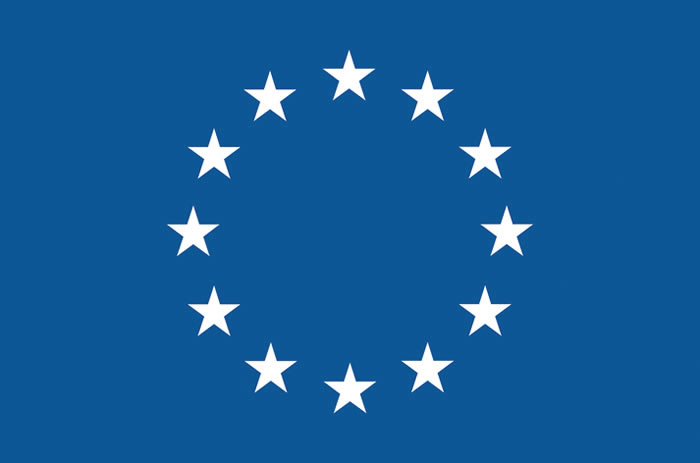Rademacher, Christoph

Dr. Christoph Rademacher earned his BSc in Molecular Biotechnology and MSc in Molecular Life Scienceat the University of Lübeck. In 2009, Dr. Rademacher received his doctorate from the same University, where he performed studies under the supervision of Prof. Dr. Thomas Peters in the Department of Chemistry working on virus/carbohydrate interactions using NMR spectroscopy. He then underwent postdoctoral training with Prof. Dr. James C. Paulson at The Scripps Research Institute (USA) in the Department of Chemical Physiology, where he entered the field of glycoimmunology. In December 2011, Dr. Rademacher his appointed at the Max Planck Institute of Colloids and Interfaces in the Department of Biomolecular Systems, where he became Emmy-Noether Research Group Leader in June 2012. In 2017, Dr. Rademacher holds an ERC Starting Grant. In 2020 he was appointed full professor at the University of Vienna and the Max F. Perutz Laboratories. His research is focused on the development and application of novel molecular probes to understand the role of carbohydrates in immune cell regulation with a strong emphasis on molecular drug targeting.
Abstract:
CARBOHYDRATE RECEPTOR LIGANDS ENABLE TARGETED DELIVERY TO IMMUNE CELLS
Topic:
Important aspects of life such as self/non-self-differentiation, cell adhesion and migration are mediated by mammalian receptors recognizing carbohydrate structures. In particular, these receptors expressed by cells of the innate immune system have open new applications in immune cell modulation as novel adjuvants or for cell specific targeting because of their restricted expression pattern. However, chemical probes that specifically address these receptors are sparse and carbohydrates as their natural ligands only offer limited affinity and specificity. Hence, we have utilized fragment-based ligand as well as rational design approaches to identify small molecules capable of binding to carbohydrate receptors with sufficient affinity and specificity to modulate the biological function of lectins.
The challenges we are faced with originate from the inherent feature of carbohydrate recognition sites being rather flat and featureless. Moreover, these sites are often solvent exposed and highly hydrophilic, thus being less accessible for drug-like molecules. Fragment screening using several orthogonal methods such as NMR, SPR, and flow cytometry led to distinct hits followed by structure-activity relationship series. Hits were evolved into micromolar binders for targets from the mammalian as well as bacterial lectins. New compound classes were discovered to excellently suited for addressing Ca2+ coordinating lectins. Lessons learned about lectin structure and dynamics, as well as the development of chemical probes and their immune cell modulation will be covered in this presentation.
Back to speaker overview Back to Oral- and Flash presentations overview





